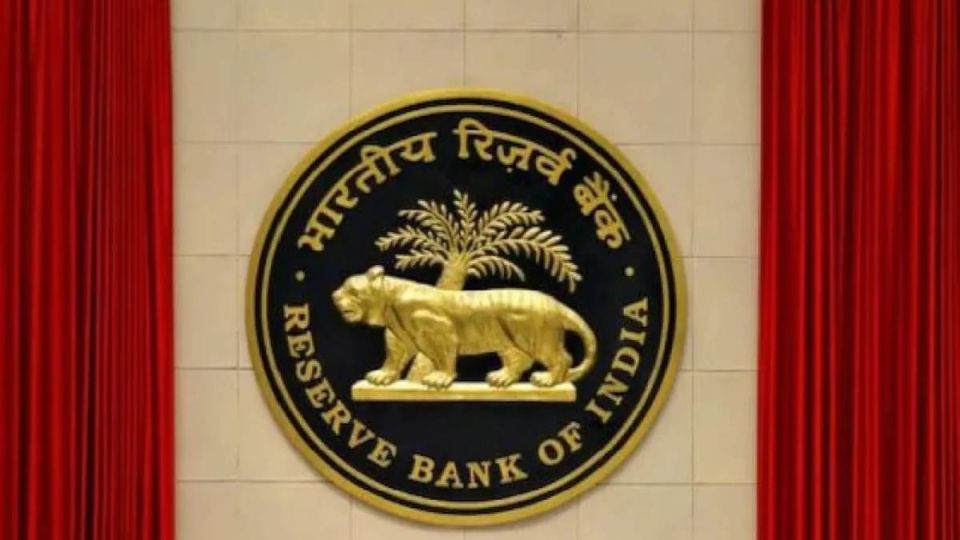On the flip side, heightened geopolitical tensions, which could potentially lead to a deterioration in macroeconomic stability indicators, would necessitate a more cautious monetary policy stance.
Regarding the United States, Morgan Stanley’s Chief US Economist, Ellen Zentner, has adjusted her forecast for the Federal Reserve’s monetary policy trajectory. She now predicts a delayed commencement of the monetary policy easing cycle in the US, with the first rate cut expected in July 2024 (previously June), a reduction from four to three cuts in 2024, and a shallower easing cycle, amounting to a cumulative 175 basis points of easing by 2025 (previously 300 basis points).
In the Indian context, a scenario of higher interest rates and a stronger US dollar would call for a prudent approach from the Reserve Bank of India (RBI).
As expected, the RBI kept the policy repo rate unchanged at 6.50 per cent for the seventh consecutive time. The repo rate denotes the rate at which the RBI lends to other banks.
Retail inflation in India currently lies within the RBI’s comfort range of two to six per cent but remains above the ideal 4 per cent target. In March, it stood at 4.85 per cent. While inflation remains a concern for many countries, including advanced economies, India has largely managed to navigate its inflation trajectory effectively.
Except for the recent pauses, the RBI has raised the repo rate cumulatively by 250 basis points to 6.5 per cent since May 2022 as part of its efforts to combat inflation.
Increasing interest rates is a monetary policy tool typically employed to dampen demand in the economy, thereby aiding in the decline of the inflation rate.
